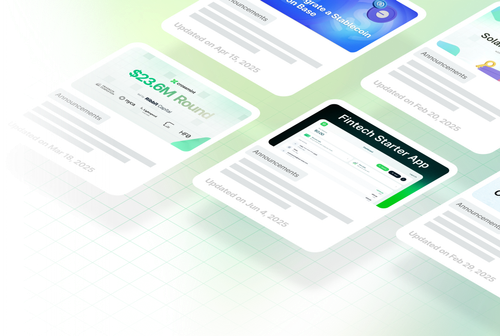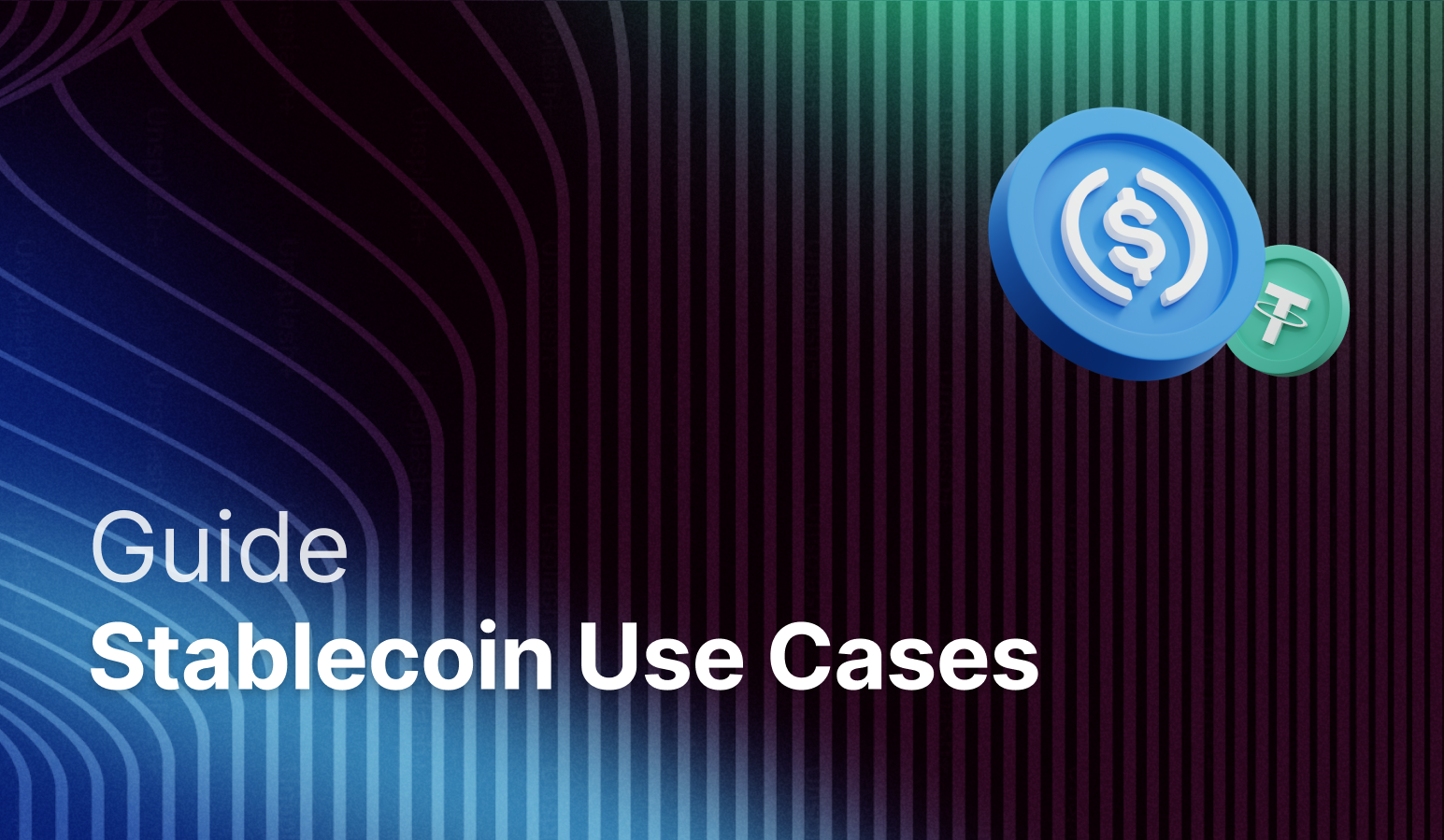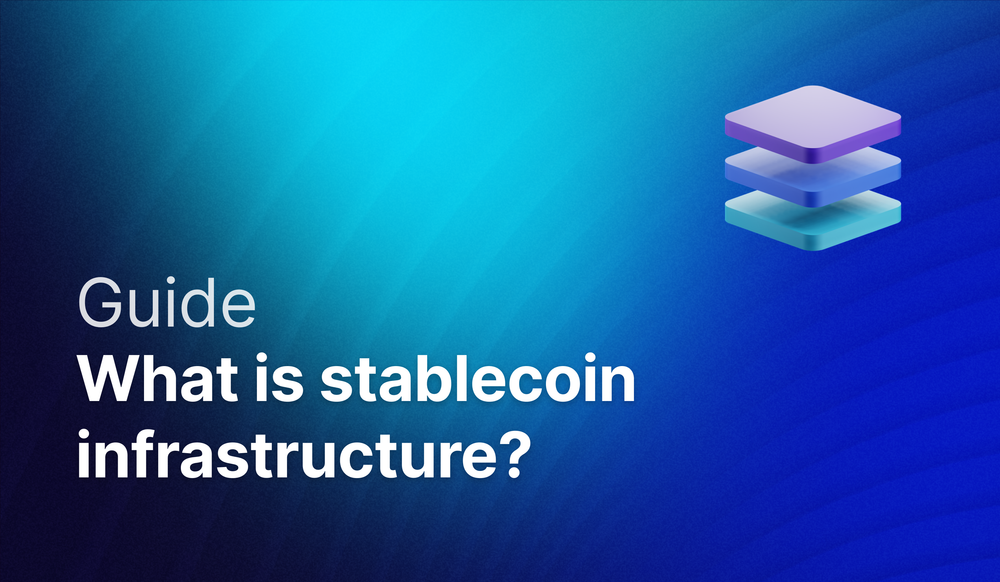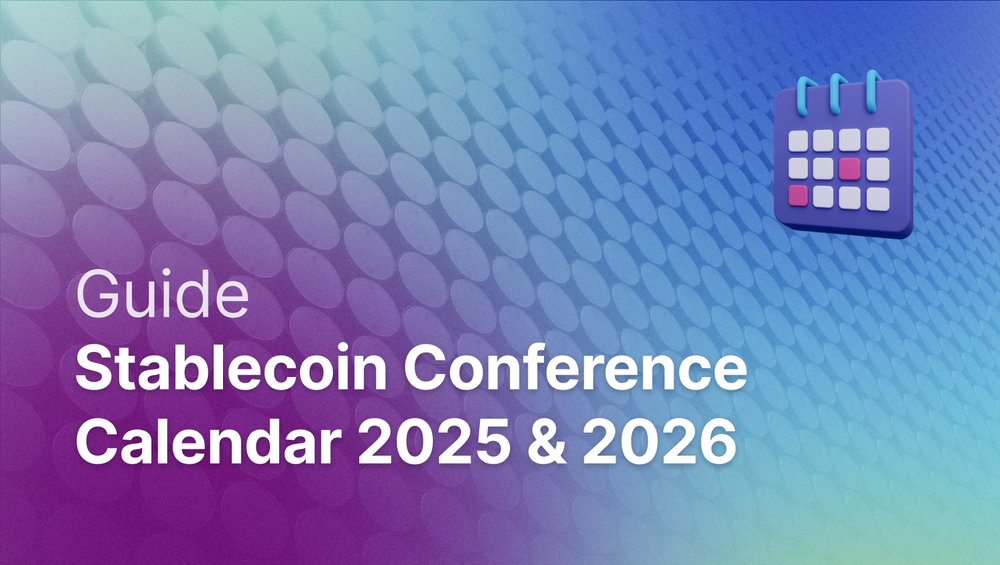The stablecoin market just crossed $250 billion in 2025, and fintechs like Revolut, Robinhood, Remitly, and Stripe are racing to capture their share of what could become a $1 trillion market by 2035.
Despite stablecoin adoption skyrocketing to over $27.6 trillion in transfers last year—surpassing Visa and Mastercard combined—most fintech companies still struggle with high cross-border fees, slow settlement times, and the inability to offer yield on customer deposits without complex banking licenses.
Stablecoins offer the missing infrastructure layer: programmable money that moves at internet speed, generates yield, enables instant geographic expansion, and seamlessly integrates into existing fintech products. Here are the 10 most transformative use cases driving adoption among remittance providers, neobanks, payroll platforms, and other fintech innovators.
1. Instant Cross-Border Remittances at a Fraction of the Cost
Global remittance costs average 3-8% depending on the corridor, creating a massive opportunity for disruption. Stablecoins push costs below 1% with instant settlement. In the $170 billion US-Latin America corridor where costs average 3.67% per transaction, major players in this corridor like MoneyGram are already integrating stablecoins within their financial services stack.
Key Benefits:
- Cut costs from 3-8% average to <1% with a stablecoin sandwich
- Eliminate licensing requirements in multiple jurisdictions
- Remove need to pre-fund accounts across countries
- Recipients control their funds: hold dollars, spend without FX fees, or convert to local currency
2. Regulatory Arbitrage for Financial Services Companies
Fintechs face expensive licensing requirements to offer banking services. Stablecoins enable USD accounts, global transfers, and yield generation without traditional banking licenses—a strategy used by neobanks, investment platforms, and payment providers alike.
What’s possible today? You can create a fully featured fintech app where stablecoins enable USD accounts, global transfers, and 4-8% yield in minutes with non-custodial wallets.
Key Benefits:
- Offer financial services without deposit-taking licenses
- Bypass country-by-country money transmitter requirements
- Launch globally without years of regulatory approvals
- Generate yield without investment advisor registration
3. Instant Global Payroll
Payroll platforms paying remote teams face country-specific banking requirements and high fees. Stablecoins enable instant payments for global workforces. For payroll companies looking to securely onboard their users into stablecoins for the first time, embedded wallet infrastructure can enable wallet features in existing apps that feel native.
Key Benefits:
- Pay any non-sanction country with one integration
- Reduce international payroll to a fraction of the cost
- Settle payments instantly vs. 5-7 days
4. Embedded Stablecoin Yield for Investment Platforms
Retail investment platforms like Acorns or Robinhood need new revenue streams. Stablecoins can enable these platforms to offer 4-8% yield on cash balances—no sweep accounts needed.
Key Benefits:
- Generate 4-8% on uninvested cash balances
- Create new revenue from yield spread
- No complex money market fund setup
- Make micro-investing more attractive
5. Zero-Fee Crowdfunding
Crowdfunding platforms lose 3-5% to payment processing. Stablecoins eliminate these fees while enabling instant, global payments.
Key Benefits:
- Eliminate 3-5% payment processing fees
- Enable instant creator payouts, globally
- Automate milestone-based fund releases
- Accept backers from any country
6. High-Yield Security Deposits
Real estate and PropTech platforms hold billions in idle security deposits. Stablecoins transform them into 4-8% yield-generating assets.
Key Benefits:
- Offer tenants 4-8% returns on deposits
- Eliminate state-specific escrow requirements
- Automate damage deductions transparently
- Differentiate in competitive rental markets
7. Global Prediction Markets Without Borders
Traditional prediction markets are limited by geography and banking infrastructure. Stablecoin-based markets like Polymarket processed over $8 billion in 2024 by eliminating these barriers—anyone, anywhere can participate instantly.
Key Benefits:
- Global reach increases market accuracy and liquidity
- USDC provides stable value without crypto volatility
- Transparent blockchain settlement builds trust
- Instant deposits capture time-sensitive opportunities
8. Real-Value Rewards
Points are balance sheet liabilities. Stablecoins are real money users can spend, save, or earn yield on immediately.
Key Benefits:
- Replace point liabilities with real value
- Users can spend, save, or earn yield
- Enable transparent on-chain reward programs
- Simplify accounting and compliance
9. Credit Without Traditional Underwriting
BNPL providers can leverage on-chain transaction history for alternative credit scoring. No credit bureau required.
Key Benefits:
- Use on-chain data for credit decisions
- Enable global expansion with one product
- Eliminate multi-currency complexity
- Reduce foreign exchange risk
10. AI Agents as Autonomous Economic Actors
Traditional payment systems weren't designed for AI agents—but stablecoins are. AI agents can now hold wallets, transact autonomously, and access over 1 billion SKUs through APIs with the help of agentic finance platforms.
Key Benefits:
- 0.1% transaction fees vs. 2-3% credit card fees
- Sub-second settlements vs. multi-day delays
- Programmable spending limits and guardrails
- Access to Amazon, Shopify, and flight bookings via API
The Bottom Line
Fintech winners in 2025 won't have the best banking relationships—they'll have stablecoin infrastructure. Stripe acquired Bridge for $1.1 billion. Mastercard partnered with MoonPay to enable people and businesses to be paid using stablecoins across global markets. The race is on.
Ready to integrate stablecoins? Crossmint’s all-in-one platform provides complete infrastructure: embeddable wallets, on/off ramps, yield generation, and compliance tools—all through simple APIs.
Schedule a demo and learn how fintechs are delivering 10x better financial products with Crossmint.







